Growing a Business from the Ground Up
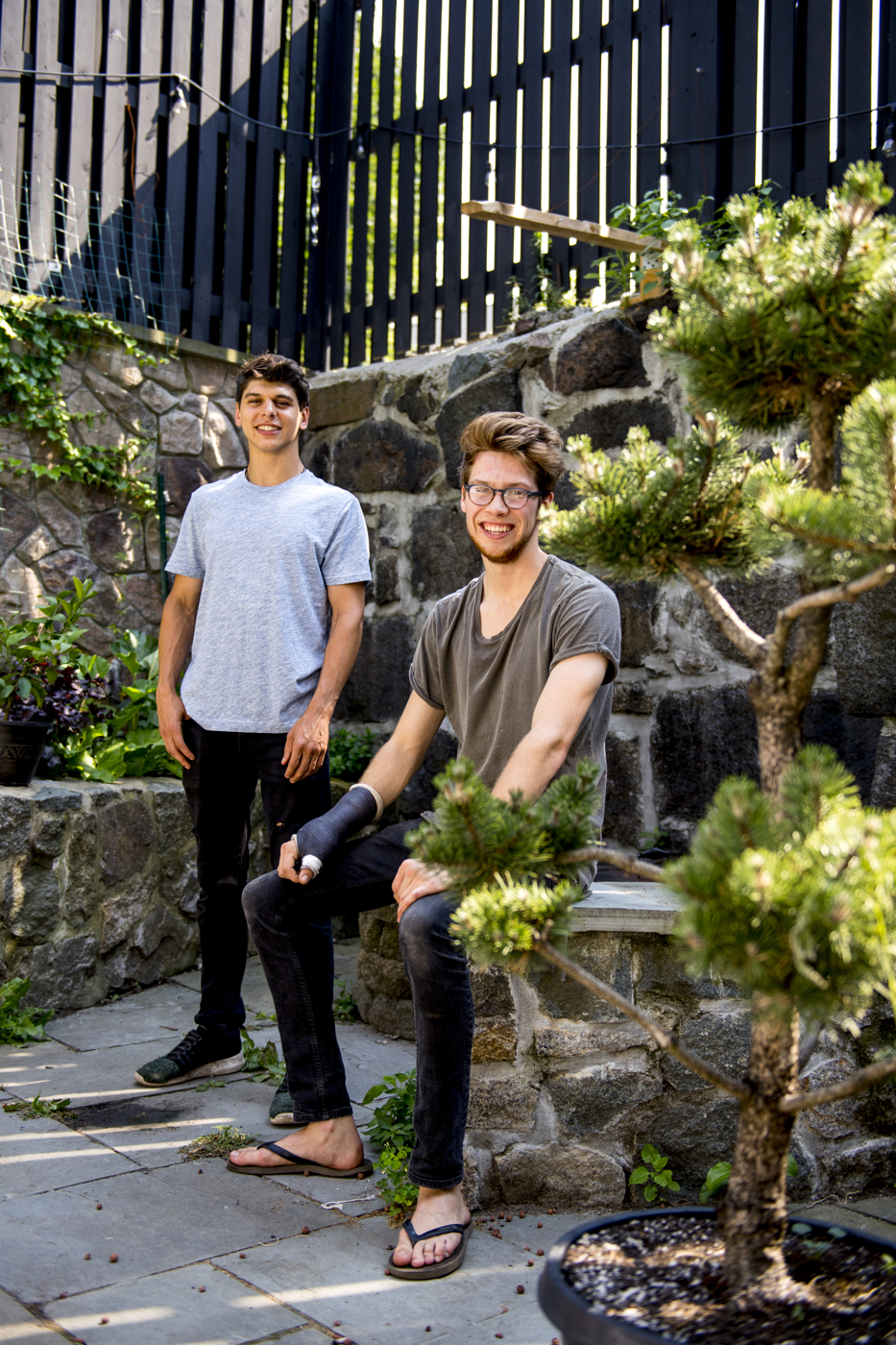
Left to right: Matt Alto and Oliver Homberg, the co-founders of Boston Microgreens. Photo by Matthew Modoono/ Northeastern University
Do you know where your leafy greens come from? If you’re dining at a restaurant in Boston, there’s a good chance the salad greens you’re eating have been grown by two friends inside a small apartment in the city’s South End neighborhood.
Oliver Homberg and Matt Alto (BS Mechanical Engineering 2018), two recent graduates of Northeastern, founded Boston Microgreens six months ago with little farming experience. But now they’re selling tray upon tray of tender leafy greens to home cooks and chefs from 30 Boston restaurants, including Uni, O Ya, Ostra, and Sorellina.
“Basically we just started growing stuff for ourselves, and then we got obsessed,” said Homberg, who studied international affairs and sustainable development at Northeastern. “We learned everything we know from videos on YouTube.”
The young entrepreneurs keep two hobby gardens that are bursting with corn, kale, carrots, melons, edible Borage flowers, summer squash, Bibb lettuce, purple Kohlrabi, zucchini, pickling cucumbers, and raspberries, which Alto picked as a kid.
But it’s microgreens—which can be used to add depth to a salad, crunch to a sandwich, or flavor to a dish—that are their specialty.
 |  |  |
As their name suggests, microgreens are the first small leafy shoots produced by vegetables such as radishes, peas, and kale. Alto and Homberg cut the shoots before the vegetable has time to mature, which makes them especially flavorful and nutrient-dense. Their purple Sango radish microgreen, for example, is a tiny purple sprout of leaves that has all the spicy bitterness of a full-grown radish.
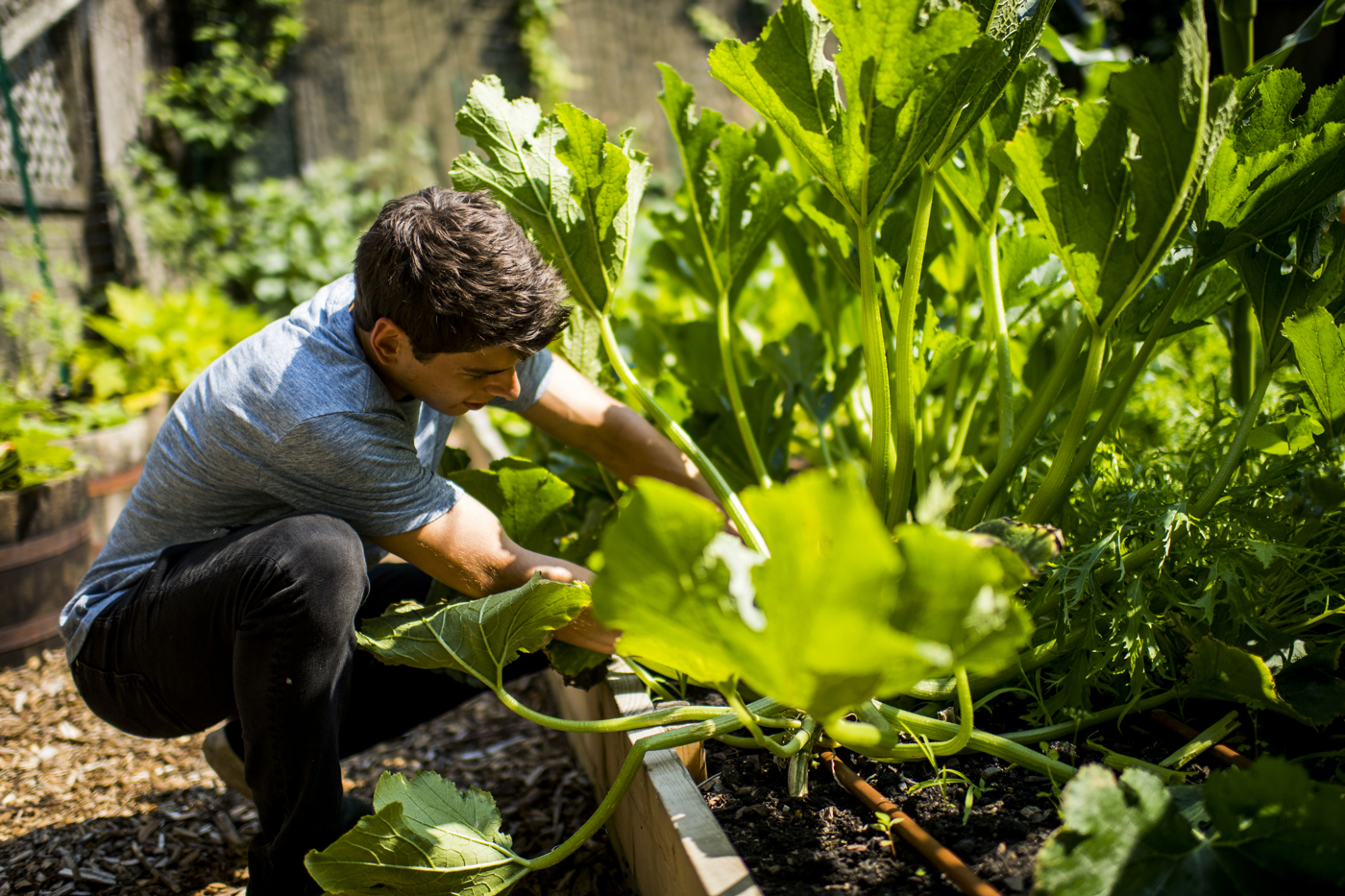 | 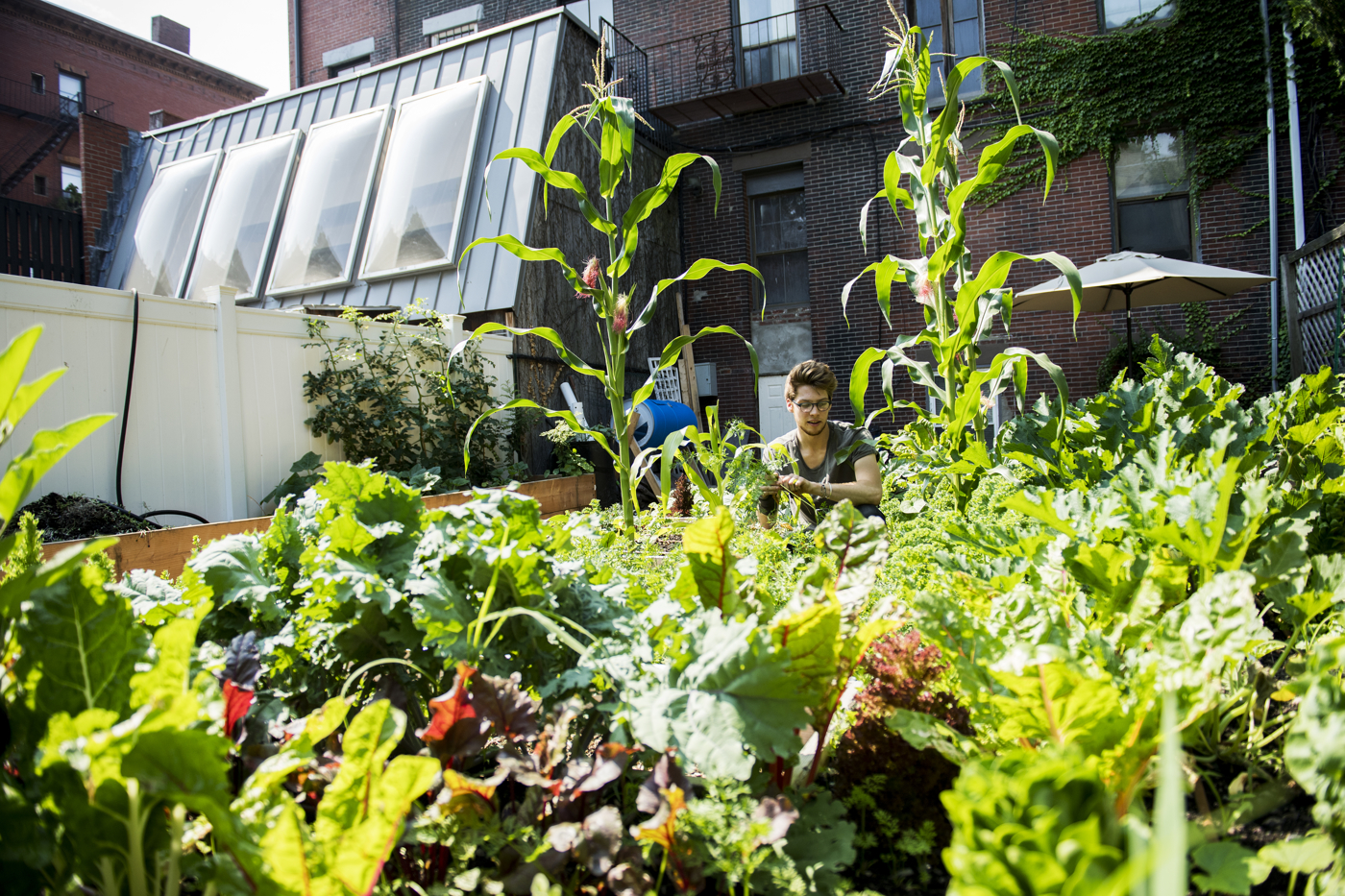 | 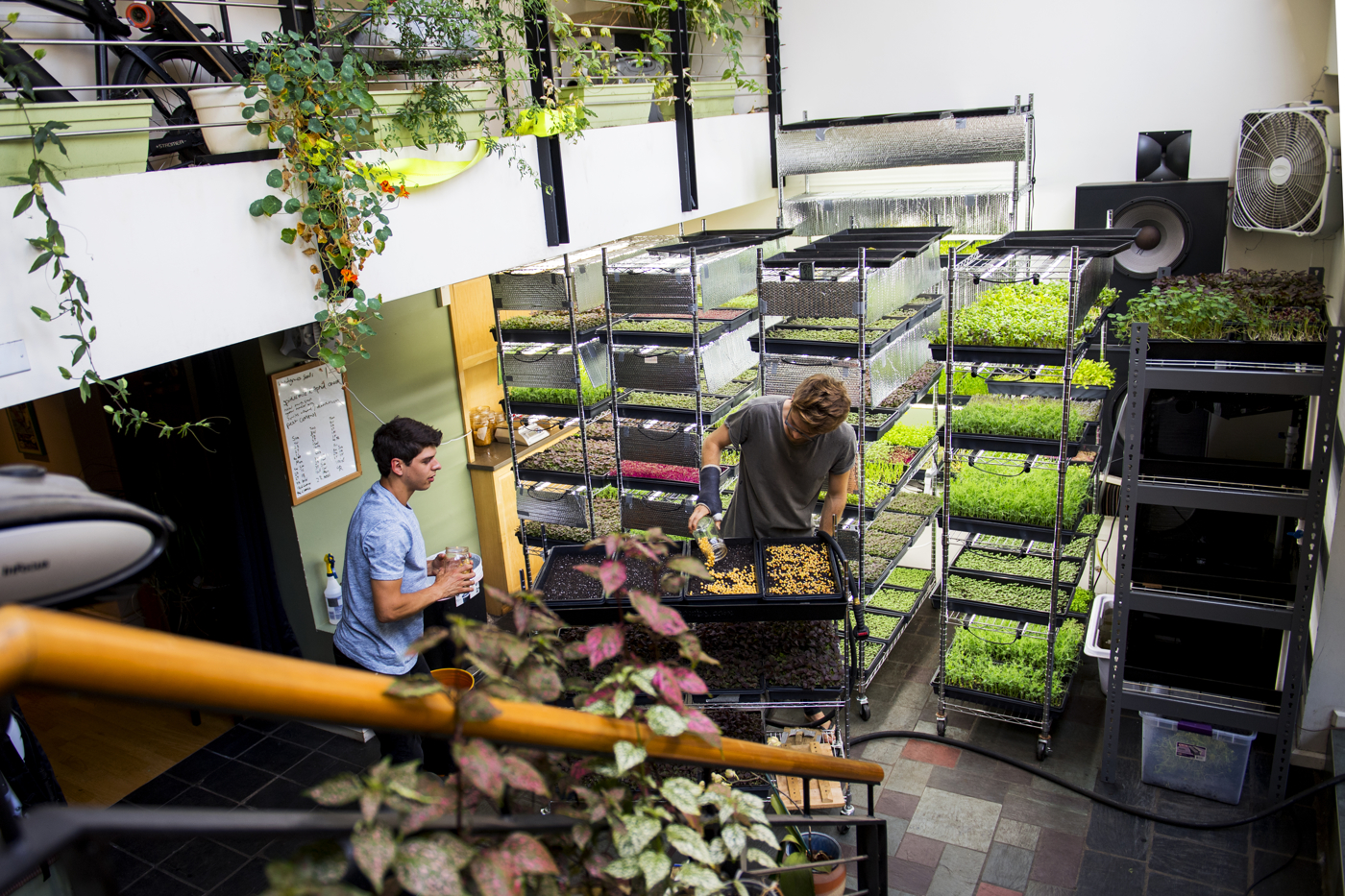 |
Because the plants are so young and tender, it’s important to move the greens from the soil to the plate as soon as possible, said Homberg.
“Chefs love these because we’re local,” he said. “We cut and deliver the greens the same morning, so they know they’re getting super fresh ingredients that haven’t been in the back of a refrigerated truck for a week.”
Being a local farmer in Boston’s densely-developed, land-poor South End neighborhood is hard work.
Homberg and Alto have converted their apartment into a modern greenhouse, which includes one room dedicated to growing their greens.Three days a week, they sprinkle hundreds of partly-germinated seeds onto 10-inch by 20-inch trays filled with soil. They cover the seeds with more soil and then water them to start the growing process.
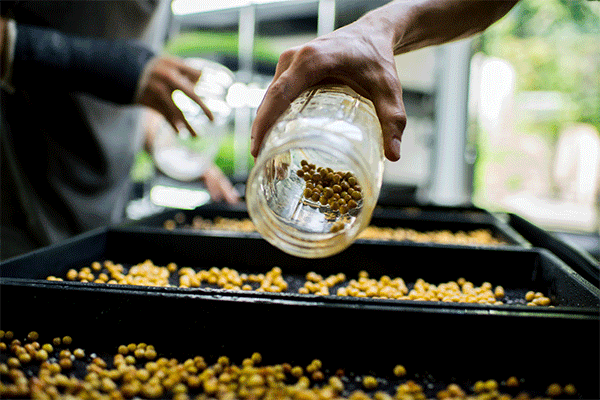 | 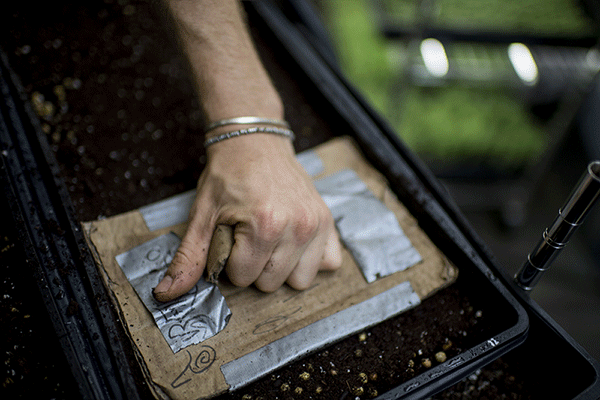 |
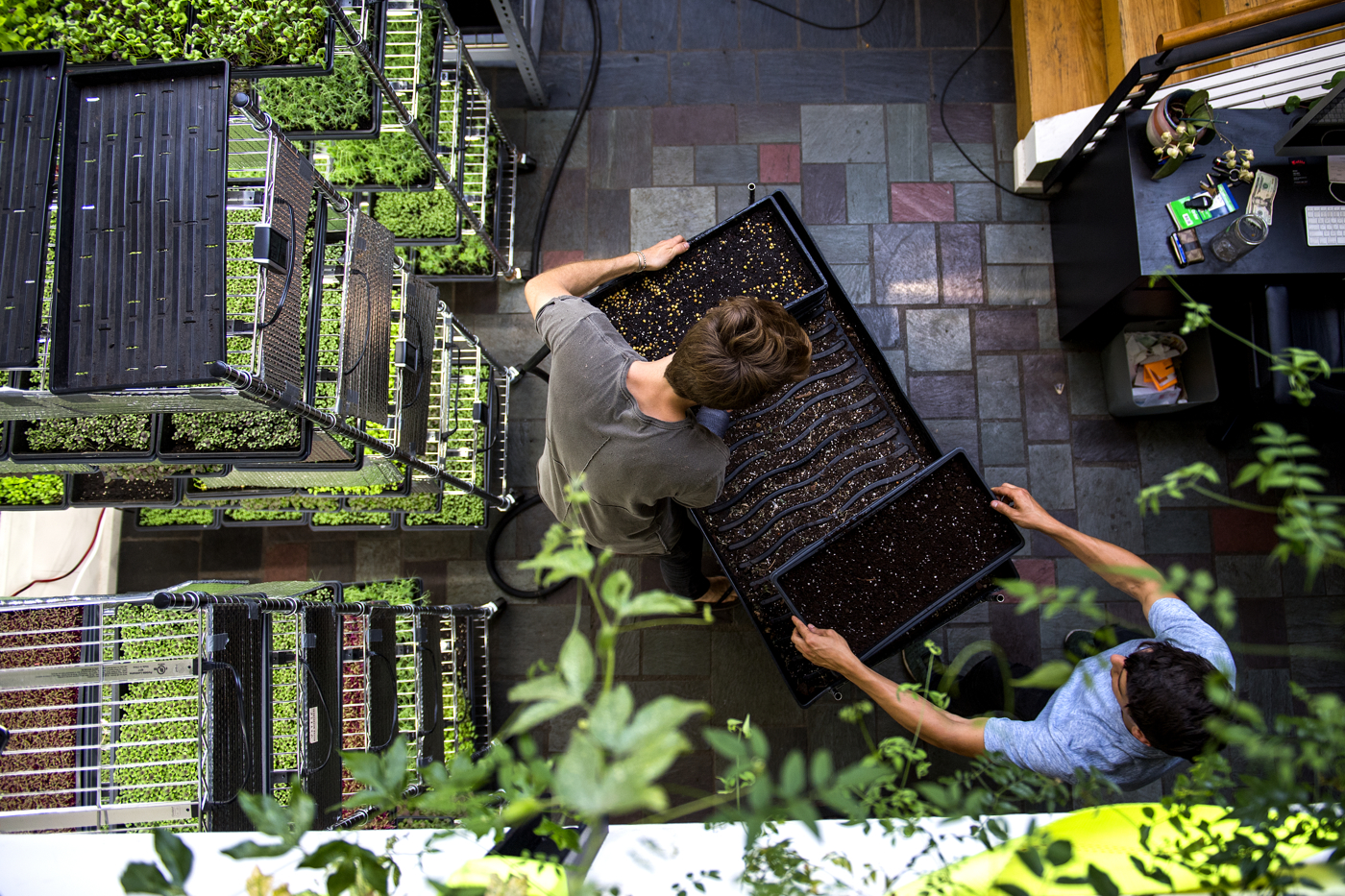 | 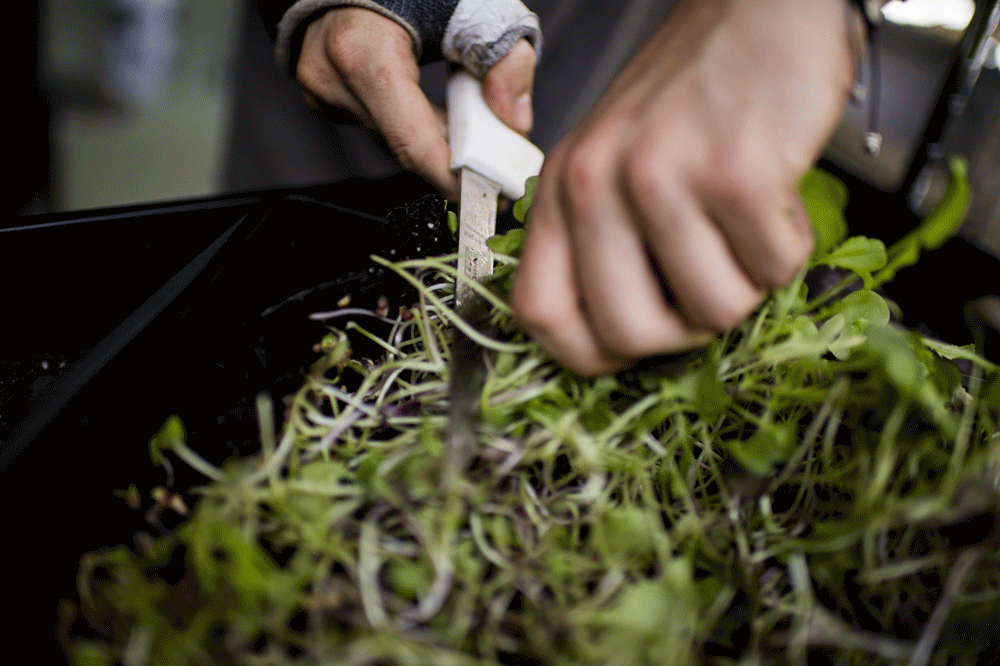 |
Once those seeds begin to sprout, they put the tray on a shelf outfitted with fluorescent lights and a watering system, leave the seeds to grow for anywhere from a few days to a few weeks, and then cut and package the greens for delivery.
“It can all be done in the middle of your living room,” said Alto, who studied mechanical engineering and material science at Northeastern.
Homberg and Alto, who graduated in May, say they have applied the lessons they learned in class to help them become successful urban farmers.
Alto credited his engineering coursework with helping him develop and build many of the irrigation and growing systems they use to farm, including a water-based growing unit. Homberg said his business courses primed him to—pardon the pun—grow a business from the ground up.
They plan to expand the business. They’re looking for a bigger space to grow microgreens and hope to partner with local elementary schools to bring kids into their outdoor gardens.
“Growing up, I was that kid who just ate whatever without thinking about it,” Alto said. “To have the opportunity now to be in control of the whole process—that’s something we want to share with as many people as possible.”
 | 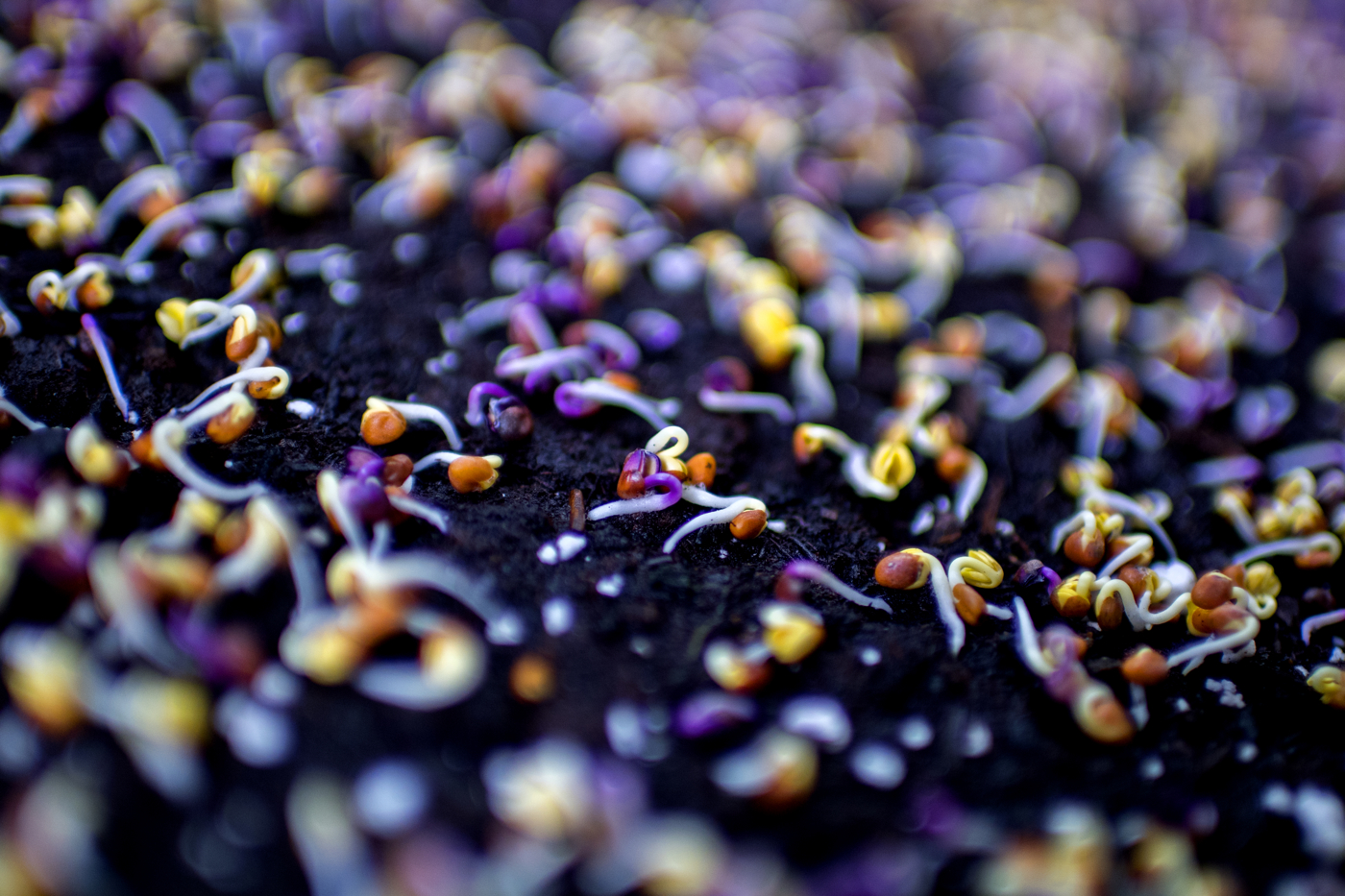 |
 |  |